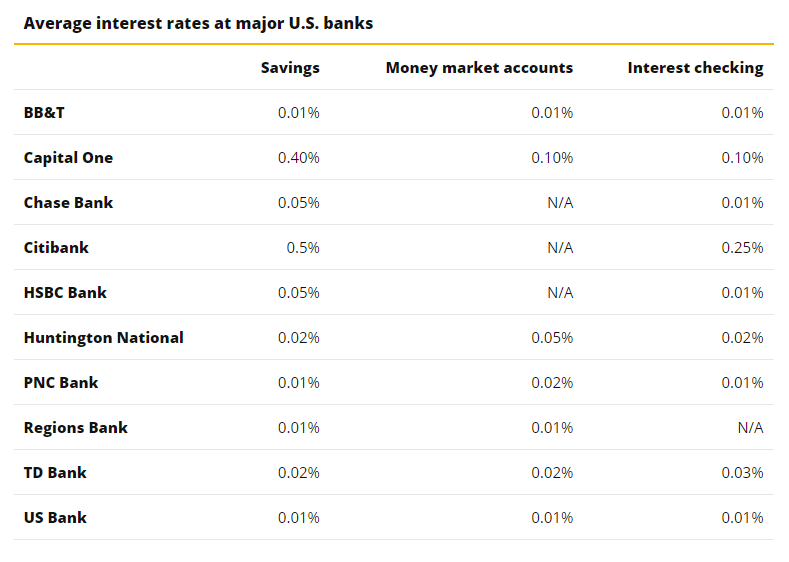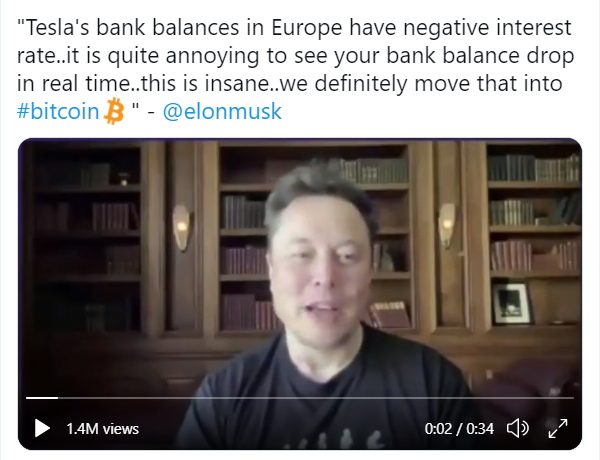Lending

[DeFi basics] [Lending] [Staking] [Liquidity Pooling] [DeFi risk levels]
Here's how traditional banking works:
- To keep money in a bank you need to give all your personal information, fill out a bunch of forms, and seek permission from the bank
- If approved, you may then deposit your savings
- The bank takes your money and lends it out at 4% to someone else
- The bank pockets 3.8% of the interest and gives you just 0.2%
- At 2% inflation, this means that you are losing 1.8% of puchasing power each year
- Anyone who wishes to borrow money also needs to give their personal information, fill out a bunch of forms, and seek permission from the bank
- The application process for the depositor and borrower can take days/weeks to complete
Now here's how DeFi lending works:
- Anyone with funds can be a lender without having to provide any personal info or seek anyone's permission
- Simply deposit your funds into a lending pool that's secured by smart contracts
- The lending pool lends out your money to borrowers at 4%
- The pool takes a 0.3% fee and you receive 3.7% of the loan interest
- You (the lender) can withdraw your funds at any time (no lock-in period)
- The borrower only needs to provide collateral to take out a loan, no form filling or permission required
- It takes just a few minutes for a lender to deposit funds into the pool, and for the borrower to borrow from it
Remember: banks have to pay for staff, rent, and utilities to maintain the intrastructure (offices, air-conditioning, back-end operations, security, ATM machines, etc) to carry out the borrowing/lending process. This is comparatively inefficient.
DeFi requires none of these expenses. All that's needed is a few thousand lines of code, and the same outcome can be achieved at a fraction of the cost... and the cost savings goes to the DeFi user (i.e. YOU)!
DeFi lending example: USD deposit rates
At the time of writing, Aave is the largest DeFi lending application.

The assets listed here are stablecoins: cryptocurrencies pegged to the US dollar
The total market size of this lending platform is sizeable ($14.5 billion).
Importantly, the basic interest rate for deposits are all above 2%. And if you include the incentive tokens given to depositors, the net interest rate you'll get on your USD-denominated deposits ranges from 3.03% - 4.84%.
Now take a look at the interest rates that US banks are offering to depositors:

The deposit rates are all much less than 0.5%. It's pathetic.
Putting your money in these banks guarantees that you lose purchasing power every year.
In the past, banks were needed as an intermediary between lenders and borrowers. With decentralized blockchains, that role is no longer required.
To anyone paying attention, it's clear as day that the traditional finance (TradFi) industry will eventually be replaced by DeFi.
How are DeFi interest rates so high?
A few reasons:
- These rates more closely resemble the natural borrowing/lending rates in a free market (i.e. without central bank intervention). They are driven by real demand and supply.
- In TradFi, much of the interest earned goes to paying for the cost of operations (such as the big salaries of bank executives, rent, ATM machines, etc). In DeFi, there are no such costs so most of the interest earnings is passed on to depositors.
- These borrowing rates are still lower than what many people would have to pay for a peer-to-peer loan.
- There are many people who can't get a traditional bank loan (such those who are asset rich but with low income). They are willing to pay a higher interest rate for a loan.
DeFi lending risks
The DeFi industry is young, so it's arguably not as secure as TradFi banks.
For example, most DeFi lending platforms are less than 5 years old, and even though the major ones have gone through security audits they have yet to prove themselves as being able to stand the test of time; Something unexpected could go wrong (software bugs, hacks, etc).
So DeFi lending is not exactly the same as a traditional savings account. But if you go with the big established platforms, it's pretty close.
One suggestion: To reduce the impact of unexpected events, spread out your capital across different platforms to diversify risk. And of course, don't put all your savings into them.
At the end of the day, you are responsible for your own funds so do your research and decide on the best balance of risk vs reward you're comfortable with.
Personally, I don't keep any of my cash savings in lending applications... at least, not at current rates. I prefer slightly more risky DeFi opportunities that yield proportionately more reward (i.e. have a better risk-reward profile).
Let's look at some of these opportunities next.
Next: Staking


